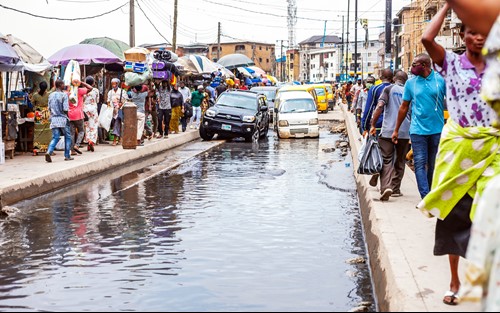Insight
4 key lessons from locally-led adaptation that can be applied to the COP27’s ‘Loss and Damage’ agenda

Insight

In many of the countries where NIRAS works, we see climate injustice in action – marginalised people, especially women and those living in extreme poverty, who have done very little to cause the climate crisis are the ones experiencing its most brutal impacts. It's time to address this imbalance.
One of the highlights of last year’s climate summit (COP26) were commitments made by the Scottish Government and several major climate foundations to advance the Loss and Damage agenda, which includes discussions around compensation for the destructive impacts of climate change that cannot be avoided either by mitigation or adaptation. The Paris Agreement sets out that loss and damage funds could be for “averting, minimising and addressing loss and damage”, but there is no clear definition for how the funds should be differentiated from those committed for adaptation versus humanitarian response. Climate justice advocates are not alone in their eager interest to see the outcome of COP27 deliberations on this subject. At NIRAS, we believe agreement on a definition is vital to increase the likelihood that funds for Loss and Damage will be new and additional to what has already been committed for adaptation and resilience.
Given many of the lessons we have learned in supporting poor communities to adapt to climate change and achieve climate justice in the past, we feel it is also important to consider how such resources, alongside existing contributions, should best be invested. Based on our practical experience and several evaluations of large-scale initiatives, we identify four key lessons to consider in the use of Loss and Damage finance:

We wait with anticipation to see progress on the Loss and Damage agenda at COP27 and look forward to supporting our clients with making these commitments a reality. We all have a role to play. Let’s work #TogetherForImplemention.
Please look out for more on COP27 to come from other colleagues at NIRAS as the Climate Summit gets underway.
